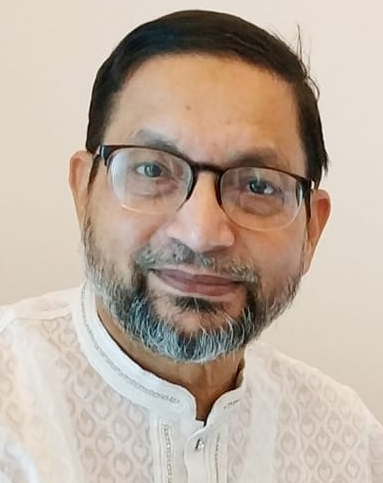Contemporary thoughts for Bangladesh to achieve universal eye health

(Continued from last day’s section)
The post era of Vision 2020 – Right to Sight campaign across the globe has created enough evidence to consider the community as an integral part of HSS. Global Action Plan integrated by WHO has also exposed the needs to sustain our efforts in eye health. The GAP focused on multi-stakeholder’s involvement to address eye health.
NGOs have the capacity and capability to address most of the issues around coverage, equity and diversity associated with eye-care.
We need to adapt new methods, techniques and tools and strategies based on the context to address eye-care in Bangladesh.
We should modify our strategies and actions while working with the government, eye health partners and development NGOs contributing to the overall socioeconomic development of the community. Other than health sector, education, women and children, social welfare, transport, RMG, local government, communication and IT sector and many more should be explored for a successful approach of community engagement and empowerment possibilities to have a sustainable eye- care system. This can be translated into action by engaging and integrating eye care services at various levels of eye care pyramid that is non-existent in Bangladesh.
Despite of all current efforts of engaging the multiple stakeholders, eye health is yet to be considered an important public health problem. This requires implementation of various strategic and pragmatic programmes.
The traditional approach of outreach camp and school sight testing program of eye hospitals and few development NGOs need to be reformed.
In recent years eye hospitals and few development NGOs have tried to develop a strong community-based eye care service delivery system with responsive referral network with the eye hospitals and gained a mixed experience of success and failures. This demands adaptation of WHO recommended IPCEC approach where a four tired service delivery may be developed to strengthen the community component for a people centric eye care that will be simple, cost effective, close to client and sustainable.
As we are passing through an era of technological development, we need to shift, adjust and adapt the technology and innovation for the betterment of eye-care service. Since we are adapting various technology and innovative approach to reach out communities addressing barriers that has recently created due to COVID pandemic, we need to explore the best possible ways and means to deliver quality and equitable eye care services in the country. There are a number of organizations and private sector who have already started the virtual platform and the tele-health approach to offer quality health service and has proven to reach hundreds of thousands of people in COVID pandemic situation.
Eye care providers are also not out of the scope and are found to use these platform successfully where people’s confidence and trust on such platforms have created a growing demand even for those who are living in the remote and hard to reach areas.
Over the last five years, a revolutionary change has been seen in eye health where the eye hospitals, few development NGOs and private sector started providing teleconsultation through their specialized hospitals/experts to the primary eye-care centers located in the remote rural sub-districts.
(To be continued)
Dr. Munir Ahmed is Country Director of Orbis International and a Public Health Management Specialist.




